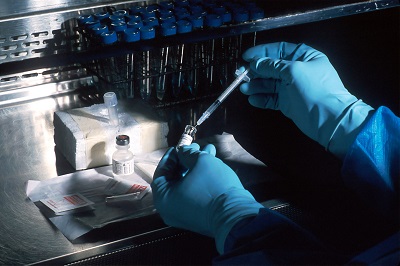The application process for Class B medical device CE certification involves several key steps to ensure that your device complies with the EU Medical Device Regulation (MDR) 2017/745. Here’s a detailed overview of the application process:
1. Preparation:
- Understand MDR Requirements: Review the EU Medical Device Regulation (MDR) 2017/745 and any relevant harmonized standards that apply to your Class B device.
- Compile Technical Documentation: Prepare comprehensive technical documentation, including:
- Device description and intended use.
- Design and manufacturing details.
- Risk management (ISO 14971).
- Clinical evaluation data.
- Labeling and Instructions for Use (IFU).
2. Develop and Implement Quality Management System (QMS):
- ISO 13485 Compliance: Establish and implement a QMS that meets the ISO 13485 standards.
- Document Procedures: Ensure all processes are documented, including design control, production, and post-market surveillance.
3. Choose a Notified Body:
- Select an Accredited Notified Body: Choose a Notified Body that is authorized to assess Class B medical devices.
- Initial Contact: Reach out to the Notified Body to understand their application procedures, fees, and requirements.
4. Submit the Application:
- Complete Application Form: Fill out the application form provided by the Notified Body.
- Submit Technical Documentation: Provide the required technical documentation and evidence of your QMS to the Notified Body.
5. Notified Body Review:
- Documentation Review: The Notified Body reviews the submitted documentation to ensure compliance with MDR requirements.
- On-Site Audit: Prepare for and participate in an on-site audit where the Notified Body will assess your manufacturing processes and QMS.
- Address Queries: Respond to any additional questions or requests for further information from the Notified Body.
6. Certification Decision:
- Evaluation Outcome: The Notified Body will evaluate the documentation and audit results to make a certification decision.
- Issuance of CE Certificate: If the device meets all requirements, the Notified Body will issue a CE certificate.
7. Post-Certification Obligations:
- Affix CE Mark: Once certified, affix the CE mark to your device and its packaging.
- Implement Post-Market Surveillance: Establish a system to monitor the device’s performance and report any adverse events.
- Maintain Compliance: Continue to adhere to MDR requirements and keep your QMS up-to-date.
8. Renewal and Updates:
- Prepare for Renewals: Be aware of the certification’s validity period and prepare for renewal or recertification as needed.
- Inform of Changes: Notify the Notified Body of any significant changes to the device or its manufacturing processes.

Contact Us:
Whatsapp or Wechat:+86 15816864648;email address:hito.lin@grzan.cn
.png)
.jpg)

.png)

.png)